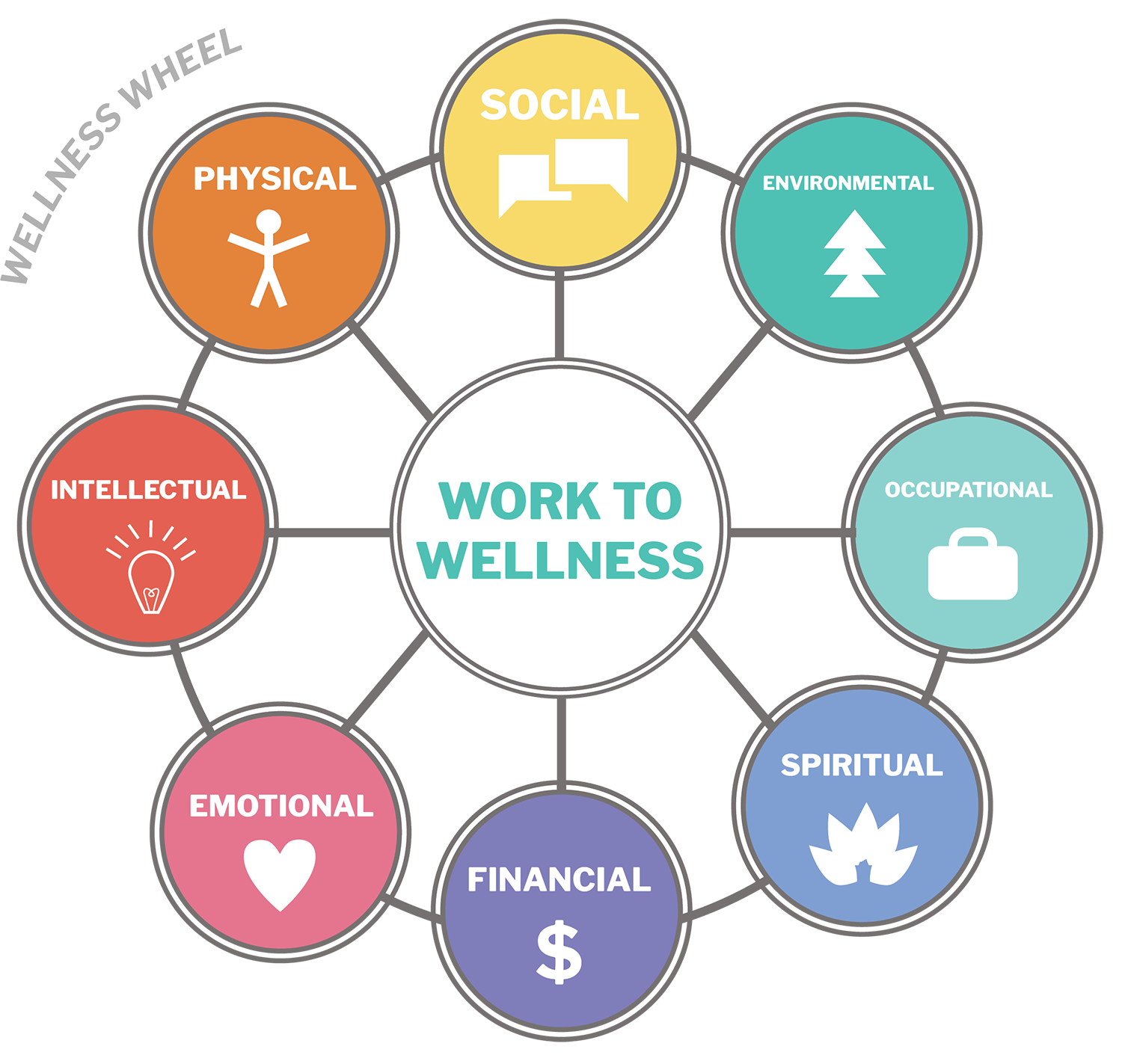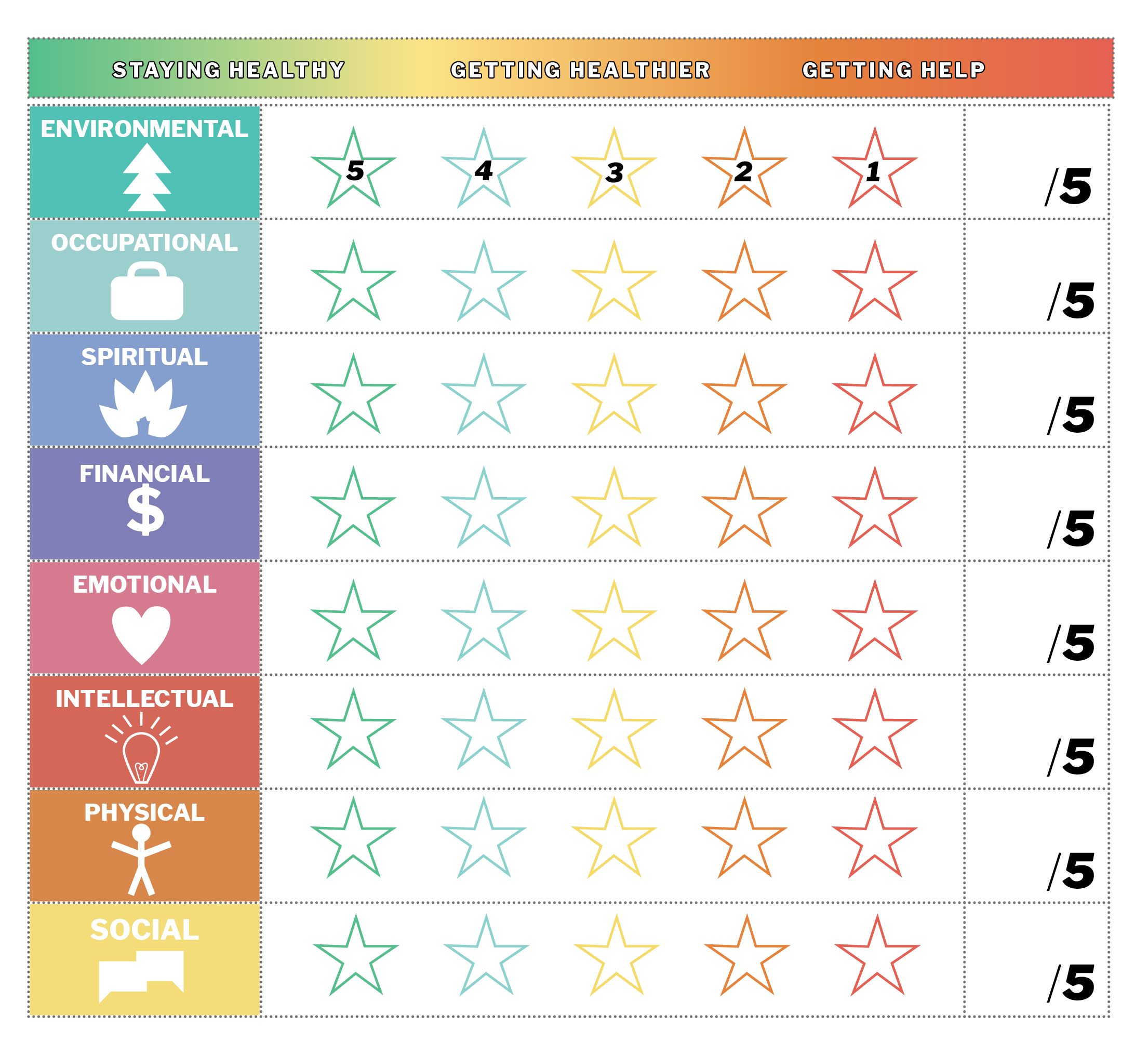Women in Construction - Welcome
Diversity in construction benefits every job site. Being women in construction, we love a career that allows for ongoing training, education, and being part of building homes, structures and more that stand the test of time! While our experiences are individual, women and other groups in construction have faced an uphill battle at points – we recognize the efforts of tradeswomen and allies paving the way toward safe and equitable job sites for all workers.
We promote and encourage every individual to explore a career in trades – it is fast paced and exciting, it brings the ability to provide for yourself and your family – there is never a dull moment – and the sky is the limit as to what you may do in a day. Whether working with clients, heavy machinery, fine finishing detail or digging ditches – we are all part of building a future for BC.
Women in construction also face mental health challenges along with their co-workers. The pressures can sometimes be different – juggling pregnancy, childcare, bias, or judgment – but we welcome a community where we can face those challenges with our teams. And that is key in construction – knowing you have a team behind you the whole way. One of the biggest differences between mental health needs of women and men in construction is that women are more likely to recognize they need mental health support and to reach out for it. We have compiled resources on this page to support you to learn about your mental health and to build skills.
Lesa Lacey,
Lacey Construction
BCCSA Board, Chair
The Wellness Wheel is one way of understanding the balance of different elements in your life needed to keep you well.


The Wellness Wheel activity is one of the self help activities featured in the Psychological Support Toolkit (PDF · Page 10+)
Women in BC are twice as likely as men to experience depression. This may be because women are more likely to be victims of violence, have additional stressors related to competing life roles (care-giving), and have lower incomes. It is important to learn how to look after your mental health whether through personal learning and self-help, or by seeking professional help. In this section you will find links to resources and tools to help you learn how to manage your mind and where to go for help.
Even through a pandemic, construction work remains steady and in demand. Buildforce Canada estimates that Canada will need to recruit more than 300,000 new workers over the next decade to keep pace with demand. One way to help fill the labor gap is through hiring more women. While the number of women in construction is steadily on the rise, women made up more than 13% of the total workforce in construction in 2019, only 4.7% of tradespeople working in construction were females.
BC and Alberta Leading Nation
Though the proportion of women is low across the country, there is some geographical disparity. BC and Alberta lead the nation in numbers of female tradespeople in the industry, with 6.4 and 6.8%, respectively, while the maritime provinces show a lower representation with 3.1% female tradespeople in New Brunswick’s construction industry and 3.5% in Nova Scotia’s. Overall, 13% of Canadians employed in the construction industry (both on and off-site) are women.
Source: Canada Making Strides in Attracting Women to Construction, But More Work is Needed
The experience of everyone on worksites will improve with improved equity, diversity and inclusion. ITA has the best summary of resources for Women in Trades.
